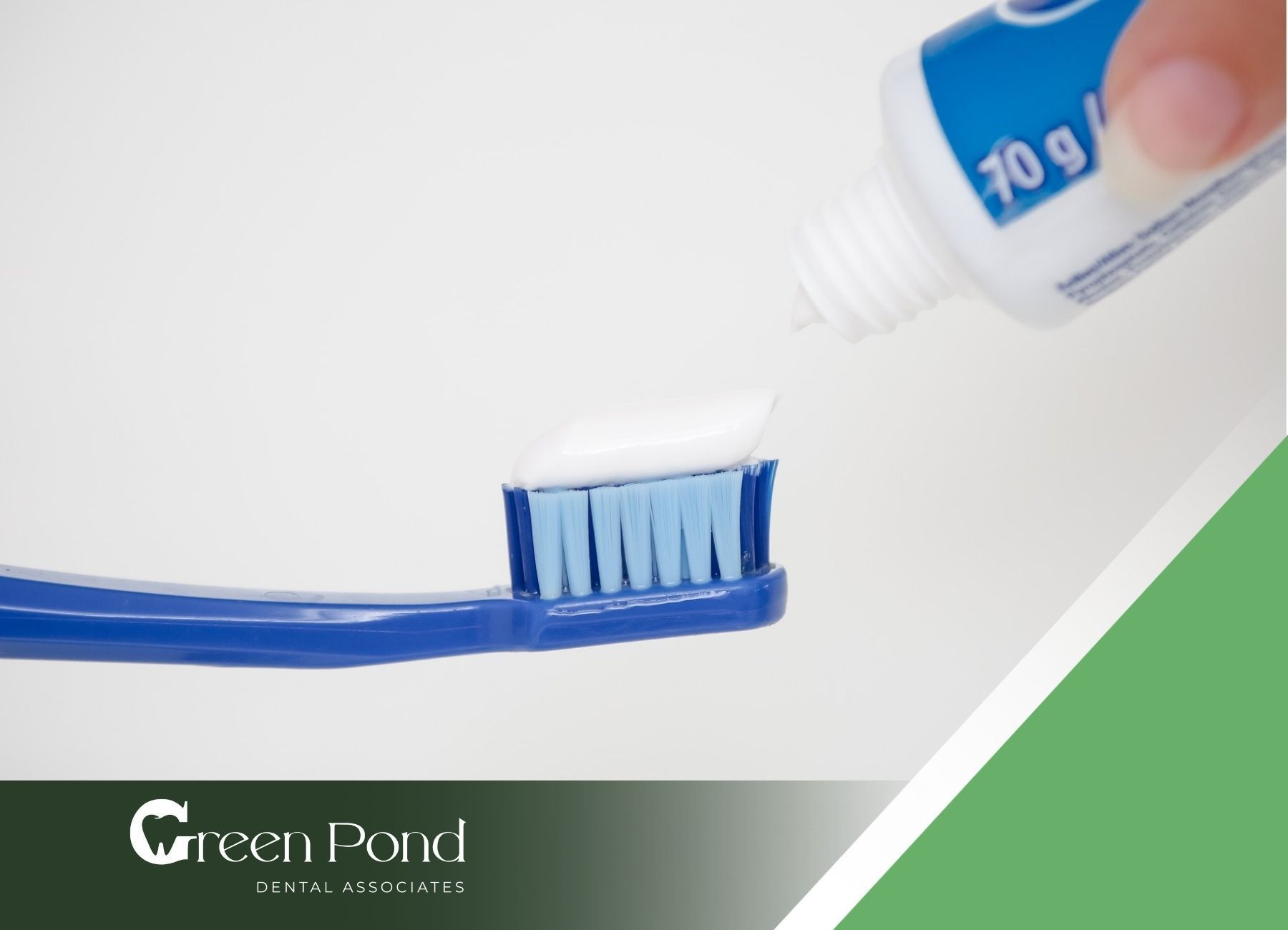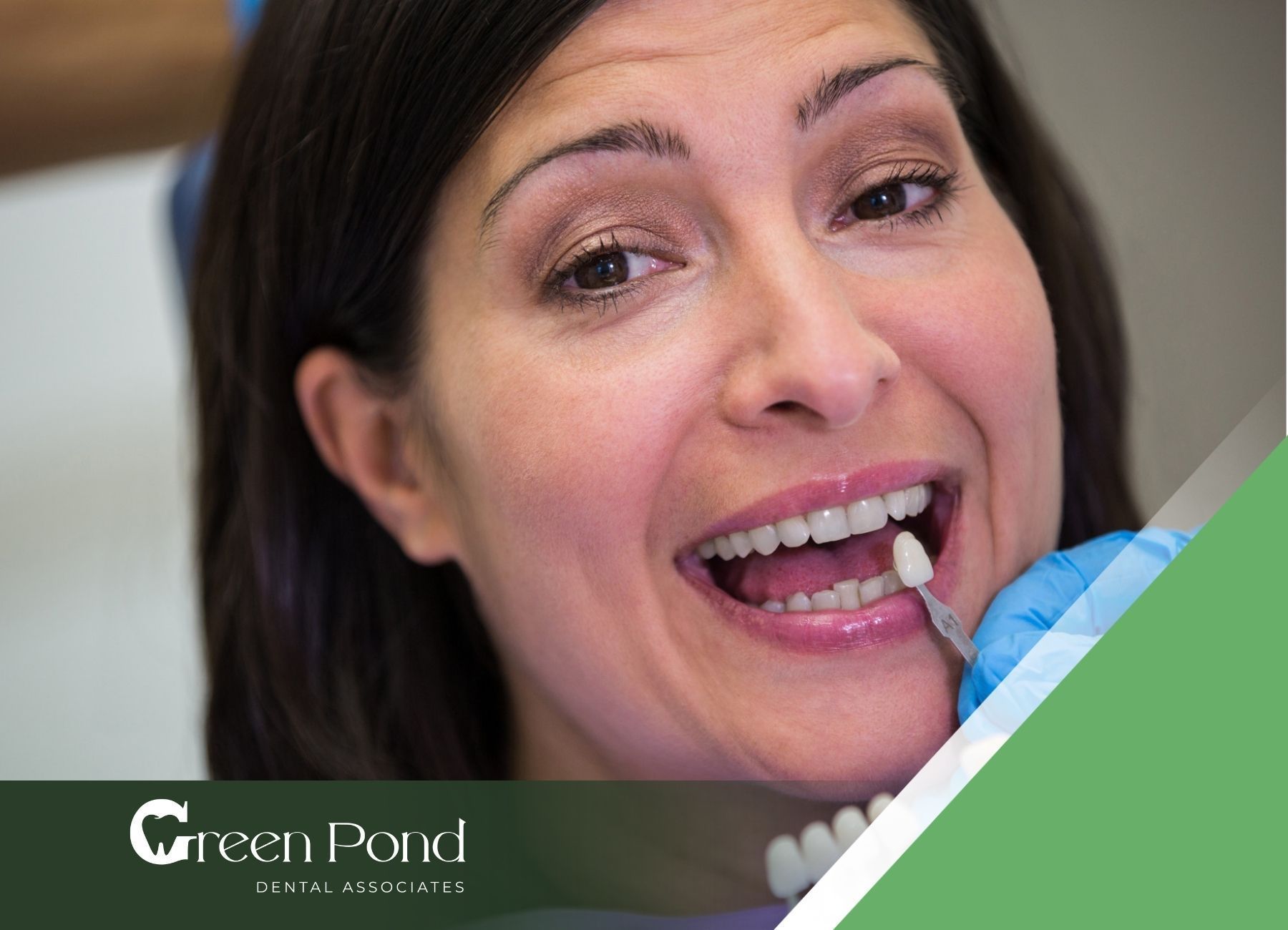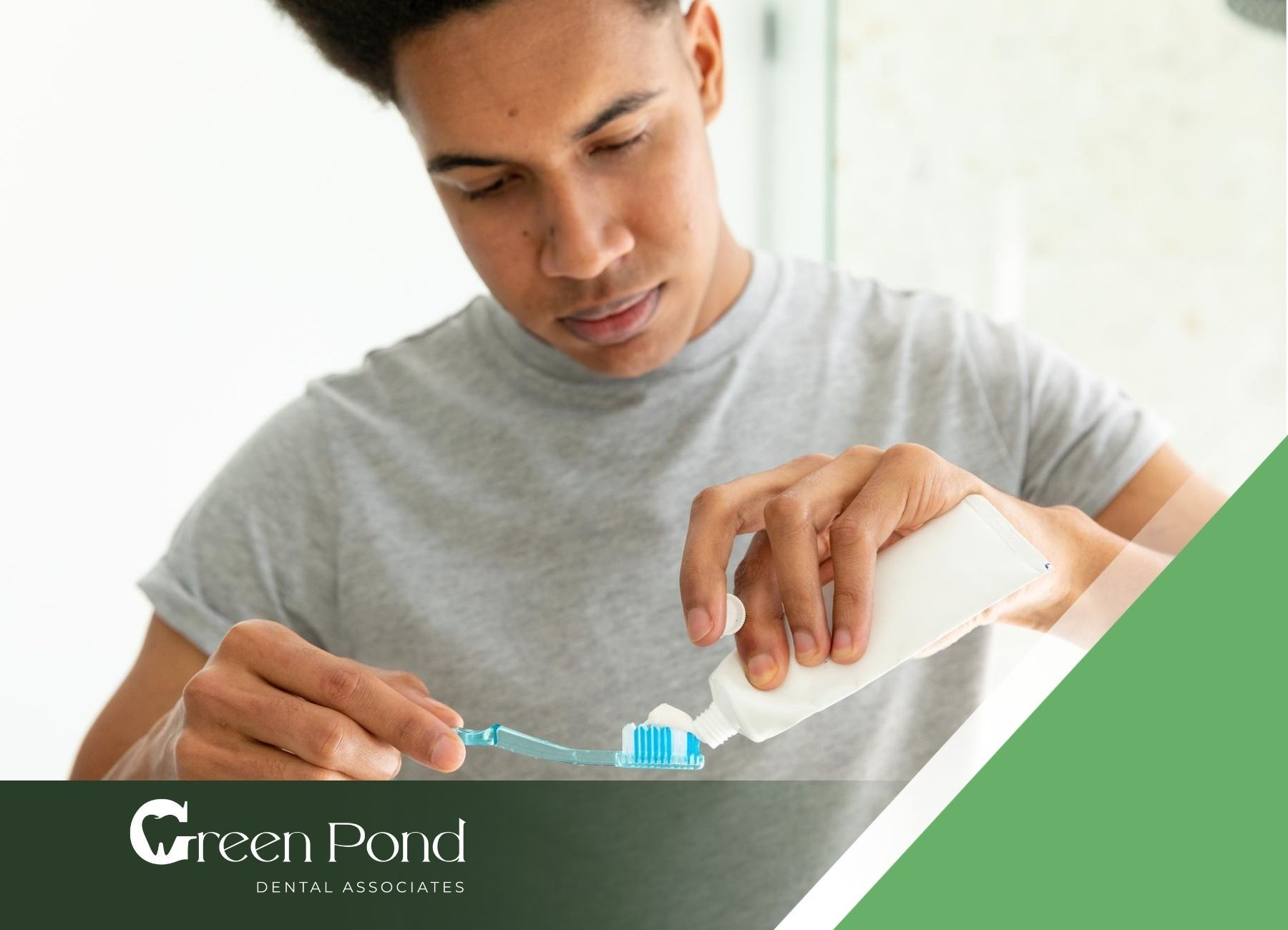Temporary Dental Fillings: When and How to Remove Them
Temporary dental fillings are commonly used by dentists to protect a tooth after a procedure, such as a root canal or cavity treatment, until a more permanent solution is applied. While these fillings are designed to last for a limited time, there are instances when they need to be removed, either for replacement or due to discomfort.
This article provides detailed information on how to remove temporary dental fillings, the reasons for doing so, and the risks involved in the process. We’ll also explore when it’s appropriate to seek professional help for the removal.
What are Temporary Dental Fillings?
Purpose of Temporary Fillings
Temporary dental fillings serve as a short-term solution after dental procedures, protecting the affected tooth until a permanent restoration, such as a crown or a permanent filling, can be placed. These fillings are made from materials like zinc oxide, calcium hydroxide, or other resin-based compounds that are easy to remove once healing has occurred.
When are Temporary Fillings Used?
Temporary fillings are typically used in the following cases:
- Root Canal Treatments: After a root canal, a temporary filling is placed to protect the tooth until a permanent filling or crown is installed.
- Emergency Dental Care: Temporary fillings can be used when immediate dental work is required to address pain or infection, with the intention to follow up with more permanent care later.
- Deep Decay Treatment: When a tooth has significant decay, a temporary filling allows time for the tooth to settle or for additional treatments to be planned.
Why Would You Need to Remove a Temporary Dental Filling?
When Should a Temporary Filling Be Removed?
There are a few situations when a temporary dental filling may need to be removed:
- Damage or Wear: Over time, temporary fillings can wear down, crack, or become loose, potentially allowing bacteria to enter the tooth and cause further issues.
- Pain or Discomfort: If the temporary filling causes irritation, discomfort, or sensitivity, it may need to be replaced or removed.
- Transition to Permanent Restoration: Once the tooth has healed, the dentist will remove the temporary filling to place a more permanent filling or crown.
- Signs of Infection: If the tooth develops an infection beneath the temporary filling, it may require removal to address the problem and facilitate proper treatment.
Professional vs. At-Home Removal of Temporary Fillings
Professional Removal by a Dentist
While it may be tempting to remove a temporary filling at home, it is always safer and more effective to have a dentist handle the procedure. Here’s why:
Expertise and Precision
Dentists are trained to assess the condition of the filling and use appropriate tools to safely remove it without damaging the tooth or causing unnecessary discomfort. They also check the tooth’s condition to ensure that no further dental issues are present, such as decay or infection.
Proper Equipment
Dental offices are equipped with specialized tools designed for safe filling removal. This includes instruments that can delicately remove the filling without harming the surrounding enamel.
Pain Management
In cases where the tooth is sensitive, your dentist will ensure that you are comfortable by using local anesthesia or numbing agents to minimize discomfort during the procedure.
At-Home Removal: Is it Safe?
Removing a temporary filling at home is generally not recommended unless you are experienced or have specific instructions from your dentist. Here are some of the risks involved:
- Damage to the Tooth: Using improper tools can damage the underlying tooth, which could result in additional dental work.
- Incomplete Removal: If any of the filling material is left behind, it can cause irritation or contribute to infection.
- Risk of Infection: Without sterilized equipment, you could introduce bacteria to the extraction site, potentially leading to infection.
How to Remove a Temporary Filling Safely at Home
If you choose to remove a temporary filling at home, or if instructed to do so by your dentist, it’s crucial to follow these steps carefully:
Step 1: Gather Necessary Tools
Make sure you have the right tools to remove the filling. This typically includes:
- A pair of sterilized tweezers.
- A small dental spoon or scraper (you can use a clean plastic or wooden tool if you don’t have access to dental-specific instruments).
- A cotton ball or swab.
- A mirror to check your progress.
Step 2: Prepare the Area
- Wash your hands thoroughly to reduce the risk of introducing bacteria into your mouth.
- Sterilize the tools by soaking them in boiling water or using alcohol wipes to disinfect them.
Step 3: Loosen the Filling
- Gently use the scraper or dental tool to loosen the edges of the temporary filling. Take your time to avoid damaging the surrounding tooth structure.
- If the filling is soft or brittle, it may break into small pieces. This is normal; continue to gently scrape the remaining material out of the cavity.
Step 4: Clean the Cavity
- Once the temporary filling is removed, clean the cavity with a cotton swab or ball to remove any leftover filling debris.
- Ensure that the cavity is free from any foreign material and that the tooth is clean.
Step 5: Evaluate the Tooth
Check for any signs of infection, sensitivity, or damage. If the cavity looks irritated, inflamed, or if the tooth feels sensitive, it’s best to visit your dentist for further evaluation.
Step 6: Apply Temporary Care
If necessary, apply a temporary filling material to protect the tooth until you can visit your dentist for a permanent restoration. These can be found at most drugstores in the dental care aisle. However, this should only be a temporary measure.
What Happens if You Don’t Remove a Temporary Filling?
Leaving a temporary filling in place for longer than necessary can lead to complications. Here’s why it’s important to have it removed:
Tooth Sensitivity
If the filling deteriorates, it can expose the tooth to air, which may cause pain and sensitivity.
Infection Risk
A worn-out temporary filling may allow bacteria to enter the tooth, leading to an infection, especially if the tooth was treated for a cavity or root canal.
Further Damage to the Tooth
Over time, a temporary filling may lose its protective properties, which can lead to damage or decay beneath the filling.
Risks and Complications of Removing a Temporary Filling
Although the process of removing a temporary filling is generally straightforward, there are certain risks involved:
1. Tooth Damage
If the removal is too aggressive or improper, you may damage the tooth’s surface or cause chips. This can make it harder for a permanent filling or restoration to adhere correctly.
2. Infection
Inadequate sterilization or introducing bacteria during removal can lead to infection. Ensure your tools are sterile and the area is clean.
3. Incomplete Removal
If a portion of the filling material remains in the cavity, it may cause issues such as sensitivity, irritation, or a poor fit for the permanent filling. Make sure to remove all remnants of the temporary filling.
Aftercare After Temporary Filling Removal
Once the temporary filling has been removed, whether by a dentist or at home, it’s important to follow these steps to ensure optimal care:
1. Pain Management
If the tooth is sensitive after removal, over-the-counter pain relievers such as ibuprofen or acetaminophen can help alleviate discomfort. Avoid placing pressure on the tooth until it is properly sealed with a permanent restoration.
2. Maintain Oral Hygiene
Continue brushing and flossing your teeth, but be gentle around the area of the filling. Avoid direct contact with the exposed tooth until it is properly restored.
3. Dietary Considerations
For the first 24-48 hours after removing a temporary filling, stick to soft foods that won’t irritate the exposed area. Avoid chewing directly on the treated tooth.
Conclusion
Removing a temporary dental filling can be a straightforward process, but it’s important to approach it with caution. While it’s best to have the filling removed by a dentist, some patients may need or choose to do it at home. Understanding the risks, process, and when to seek professional help can ensure a smooth transition to a permanent filling or restoration.
At Green Pond Dental, we provide comprehensive dental care, including the safe removal and replacement of temporary fillings. If you're unsure about removing a temporary filling or need assistance, don’t hesitate to contact us. We’re here to help you maintain a healthy smile.
FAQs
Can I remove a temporary filling at home?
Yes, but it’s best to consult with your dentist for instructions and ensure the proper tools are used to prevent damage to the tooth.
What happens if I leave a temporary filling in too long?
Leaving a temporary filling in for too long can lead to tooth sensitivity, increased risk of infection, and possible damage to the tooth.
How do I know if my temporary filling needs to be removed?
If the filling is cracked, loose, or causing pain, it should be removed. Also, if it’s time for a permanent restoration, the temporary filling needs to be replaced.










